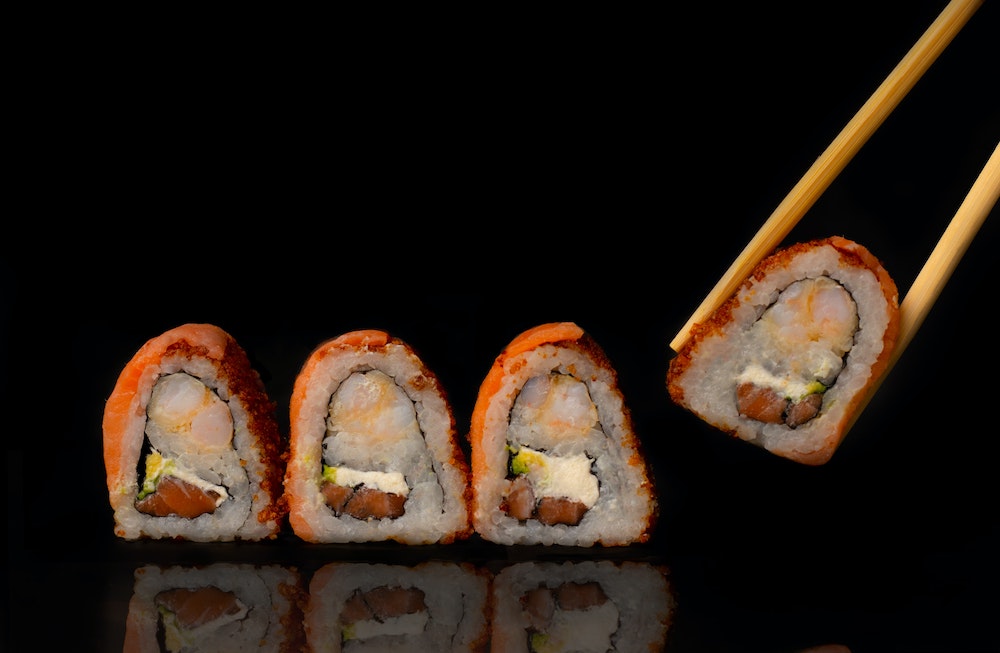Do you know the difference between the two?
With sushi restaurants becoming more commonplace around the world, one can start to wonder how sushi is made and served in the Western world versus that of its birthplace, Japan. You may think you're having an authentic Japanese experience—and therefore, authentic Japanese sushi—but in reality, it could be a world's difference from the "real deal."
You're probably asking yourself, "Well, how do I know the sushi I'm eating is authentic Japanese sushi or a Westernized version of sushi?" And you, my friend, have come to the right place!
Below, we break down some key differences between "traditional" sushi and "modern" sushi. So, next time you go out for sushi, you'll be able to tell if what you're eating is authentic to its Japanese roots or if it's been more modernized to fit a variety of different palates.
How Traditional Sushi Is Prepared vs. How Modern Sushi Is Prepared
In Japan, sushi is usually lower in calories and fat, and this is because of the ingredients used. Only the freshest fish possible from local markets is used in preparing sushi, and on most occasions, only rice and fish are ever used. Of course, some light seasonings of wasabi are added to enhance the flavors of the fish, but that's usually it.
On the other hand, Western sushi tends to include more ingredients and toppings. Most of which is typically high in fat (i.e., tempura, avocado, mayonnaise, etc.). So, naturally, modern sushi has a far greater number of calories than traditional Japanese sushi.
Another big difference between the two can be found in the rice. For traditional Japanese sushi, the rice is white, short, and sticky. Whereas, in most modern sushi restaurants, white rice is replaced with brown rice or quinoa.
How Traditional Sushi Is Served vs. How Modern Sushi Is Served
When it comes to serving sushi, traditional versus modern styles vary. (No surprise there.)
With Japanese sushi, the rolls are normally wrapped with nori (seaweed) on the outside, while modern sushi rolls have nori on the inside and rice on the outside. In addition, sushi in Japan is often accompanied by wasabi as a topping, along with pickled ginger and soy sauce as sides, to help cleanse the palate. But in Western sushi practices, wasabi and soy sauce are mixed together.
Now, after all that, you may be asking yourself a new question: "Is there a place where the two sushi styles can co-exist?" Yes. Yes, there is.
At Hapa Sushi, you get a marriage of both traditional sushi and modern sushi. Hapa's menu is based on traditional Japanese cooking fundamentals, which are then "amplified, muted, or mixed" with a variety of different cooking styles, creating something totally new and unique.
What do you think? Are you a fan of more traditional/authentic sushi? Or do you have a preference for modern sushi? Let us know in the comments below.
